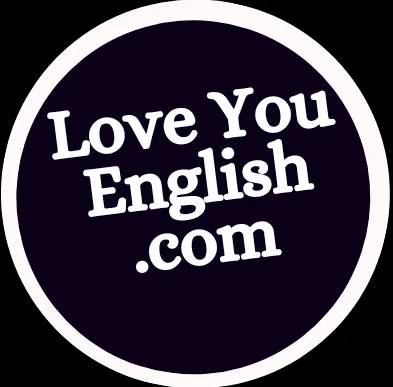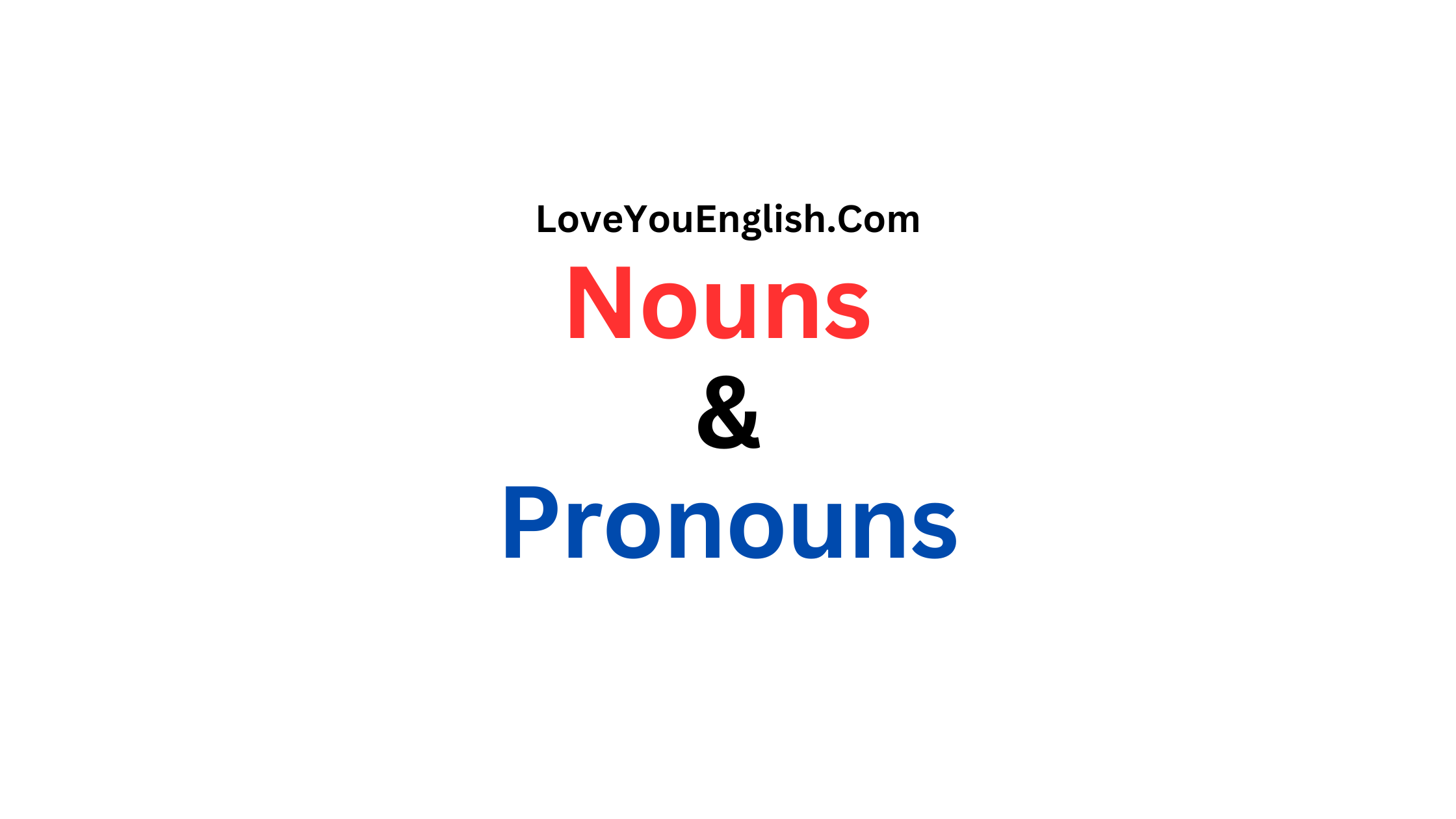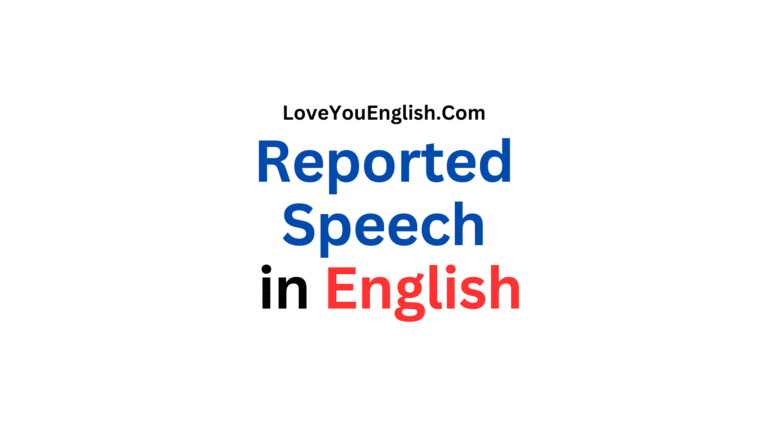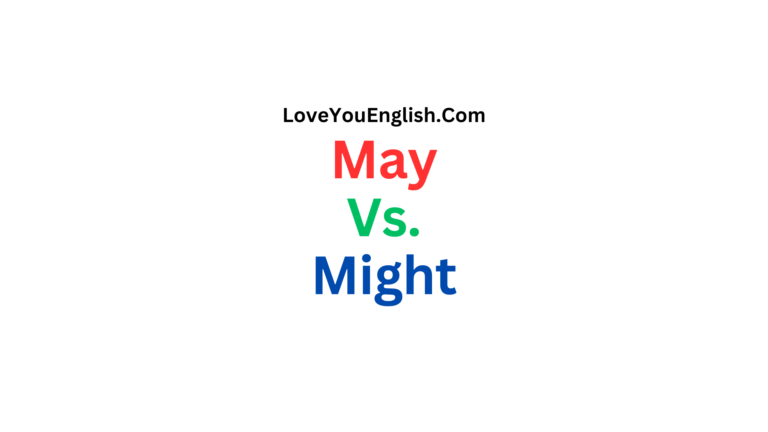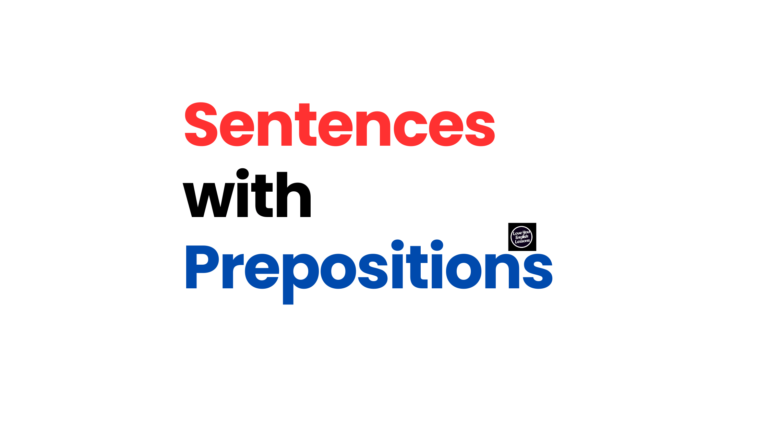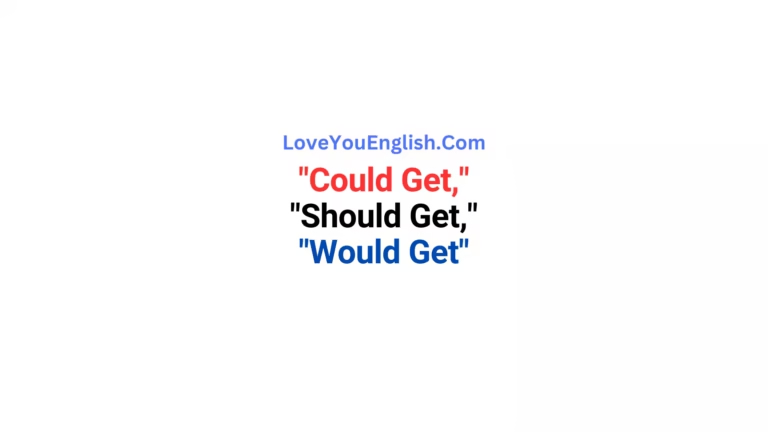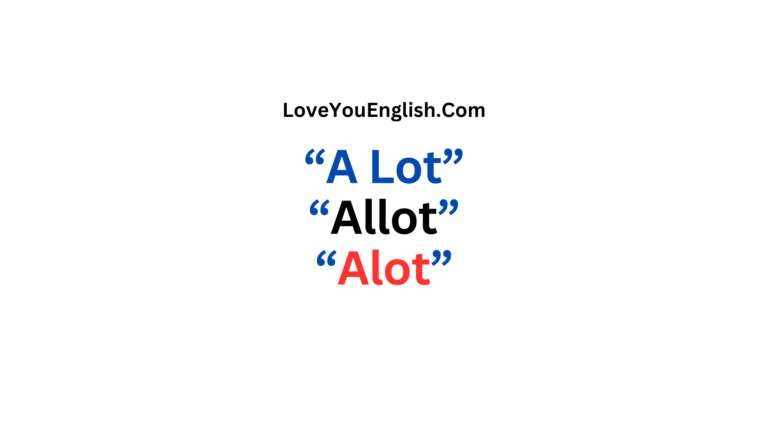Understanding the Difference Between Nouns & Pronouns
Sharing is caring!
Have you ever wondered how we name things and people in our sentences, or how we switch those names for shorter words to keep things smooth?
That’s where nouns and pronouns come in—two building blocks of language that we use every day without even thinking about it.
Whether you’re chatting with a friend, writing a story, or reading a book, nouns and pronouns are quietly doing the heavy lifting to make your words make sense.
Today, let’s dive into what they are, how they’re different, and why they matter. By the end, you’ll see them everywhere—and maybe even impress yourself with how much you already know!
What’s a Noun?
Imagine you’re walking through a park. You see a dog chasing its tail, a kid kicking a ball, and a tree swaying in the breeze. How do you tell someone about it? You’d probably say, “The dog was hilarious, the kid was fast, and the tree was tall.” Those words—dog, kid, ball, tree—are nouns. Simply put, a noun is a word that names something. It could be a person (like “teacher” or “Sam”), a place (like “park” or “Florida”), a thing (like “book” or “pizza”), or even an idea (like “happiness” or “time”).
Nouns are like the labels we stick on everything around us. Without them, we’d be lost trying to explain what we mean. Think about it: if I said, “I ate a ____,” you’d have no clue what I had for lunch unless I filled in that blank with a noun—like “sandwich” or “apple.” Nouns give us the starting point, the “who” or “what” in every story we tell.
There are a couple of types of nouns to know about, but don’t worry—it’s not complicated. First, there are proper nouns, which are specific names, like “New York” or “Emma.” They always get a capital letter because they’re one-of-a-kind. Then there are common nouns, like “city” or “girl,” which are more general and don’t need capitals unless they start a sentence. Either way, nouns are the anchors of our sentences, holding everything together.
Enter Pronouns
Now, let’s say I’m telling you about my day: “My sister went to the store. My sister bought ice cream. My sister ate the ice cream in the car.” Sounds clunky, right? Repeating “my sister” over and over gets old fast. That’s where pronouns swoop in to save the day. A pronoun is a word that takes the place of a noun so we don’t have to keep saying the same thing again and again. In my story, I could swap “my sister” for “she,” and it becomes: “She went to the store. She bought ice cream. She ate it in the car.” Much smoother, don’t you think?
Pronouns are like the shortcuts of language. They keep our sentences flowing and stop us from sounding like a broken record. Some common pronouns you probably use all the time are “he,” “she,” “it,” “they,” “we,” “you,” and “I.” There are also possessive ones like “mine,” “yours,” or “hers,” which show who owns something without repeating the noun. For example, instead of saying “That book is Sarah’s book,” you’d say “That book is hers.” Quick, easy, and clear.
The Big Difference: Naming vs. Replacing
So, what’s the main difference between nouns and pronouns? It’s pretty simple: nouns name things, while pronouns replace those names. Nouns are the original players—they introduce the people, places, or things we’re talking about. Pronouns are the substitutes that step in once we’ve already set the scene. Think of nouns as the stars of the show and pronouns as their stunt doubles, jumping in to keep the action moving.
Here’s a quick example to see it in action: “The cat slept on the mat. It looked cozy.” “Cat” and “mat” are nouns—they tell us what’s being named. “It” is a pronoun—it replaces “cat” so we don’t have to say “the cat” again. Without nouns, we’d have nothing to talk about. Without pronouns, we’d be stuck repeating ourselves like a toddler who just learned a new word.
Why They Work Together
Nouns and pronouns might sound like opposites, but they’re actually best buddies. They team up to make our sentences clear and interesting. Nouns start the conversation by giving us something specific to focus on, and pronouns keep it going without bogging us down. Imagine telling a story without pronouns: “Jake went to the park. Jake saw a bird. Jake chased the bird.” It’s exhausting! Now try it with pronouns: “Jake went to the park. He saw a bird. He chased it.” Suddenly, it’s a story you actually want to hear.
This teamwork is everywhere. When you read a book, the writer uses nouns to paint the picture—maybe “the dragon” or “the castle”—and then switches to pronouns like “it” or “they” to keep the pace up. It’s like a dance: nouns take the lead, and pronouns follow along to keep things light and fun.
Spotting Them in the Wild
Let’s play a little game—see if you can spot the nouns and pronouns in this sentence: “Maria loves her dog because it wags its tail.” Ready? The nouns are “Maria,” “dog,” and “tail”—they’re naming a person and things. The pronouns are “her,” “it,” and “its”—they’re standing in for “Maria” and “dog” so we don’t repeat them. Easy, right? Once you start looking, you’ll notice nouns and pronouns popping up all over your day, from texting your friends to listening to a song.
Sometimes it gets tricky, though. What about words like “everyone” or “something”? Those are pronouns too, called indefinite pronouns, because they don’t point to a specific noun. “Everyone clapped” doesn’t tell you exactly who, but it still replaces a bunch of names. Nouns, on the other hand, are always more direct—they pin down exactly what or who you mean.
Common Mix-Ups (And How to Fix Them)
Even though nouns and pronouns are straightforward, people trip over them sometimes. One big mix-up is using the wrong pronoun. Like saying, “Me and Tom went to the store” instead of “Tom and I went to the store.” Here’s a trick: take out the other person and see if it sounds right. “Me went to the store” doesn’t work, but “I went to the store” does. Problem solved!
Another hiccup is when pronouns don’t match the noun they’re replacing. If I say, “The team won their game,” it’s fine because “team” is a group, and “their” fits. But if I say, “The cat licked their paws,” it’s confusing—cats don’t use “their” unless we’re talking about more than one. Stick with “its” instead. Little tweaks like these make your words shine.
Why This Matters to You
You might be thinking, “Okay, cool, but why should I care?” Here’s the thing: knowing the difference between nouns and pronouns isn’t just grammar nerd stuff—it’s about sounding clear and confident. Whether you’re writing an email, telling a joke, or arguing a point, using nouns and pronouns right makes people listen. Plus, it’s kind of fun to crack the code of how language works. Next time you’re chatting, see if you can catch yourself switching from nouns to pronouns—it’s like a secret superpower you’ve had all along.
Wrapping It Up
So, there you have it: nouns name the world around us, and pronouns keep our sentences from turning into a repeat-fest. Nouns are the “what” and “who,” while pronouns are the handy stand-ins that save the day. Together, they’re the dynamic duo of every sentence you’ll ever say or write.
Next time you’re talking about your dog, your lunch, or your dreams, give a little nod to nouns and pronouns—they’re the unsung heroes making it all possible. What’s your favorite noun? Mine’s “pizza”—and I bet “it” is about to make your mouth water too!
More topics:
Sharing is caring!
